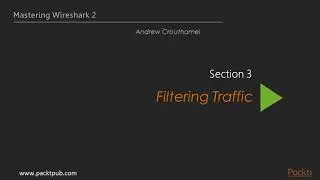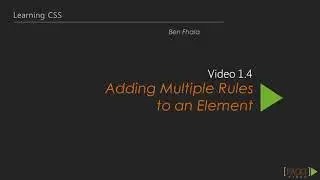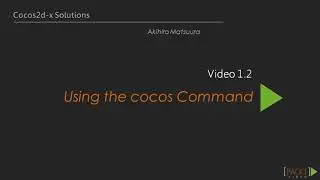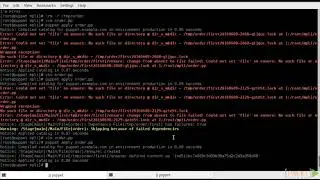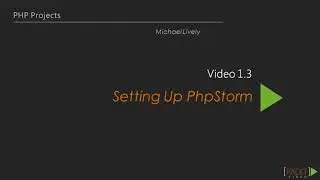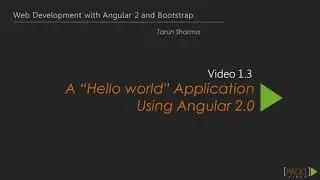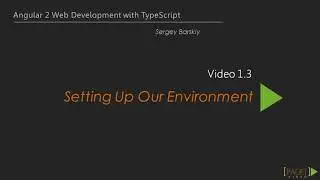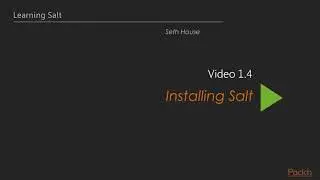Learning ElasticSearch 5.0
Get the basics of ElasticSearch concepts, APIs and best use cases
Create large-scale ElasticSearch clusters and build analytics using aggregation
Implement Elastic Search 5.0 in the logstash Apache web log analysis.
Learning
Understand why you should implement Elastic Search in your next project & beyond
Add and remove indices & documents
Add data in JSON format & interact via RESTful API using http GET & DELETE calls.
Use filters, ranges and matching, along with other advanced features, is covered.
Learn about Kibana and Logstash to serve as an excellent starting point for building the Elastic search Stack.
How to perform an full analysis, with ElasticSearch, Logstahs and Kibana on Apache web logs
Run some more advanced DSL search queries.
Learn the differences between Solr from Elastic Search.
About
This course is a step-by-step guide to using Elasticsearch in combination with the rest of the ELK stack (now called Elastic Stack) to ship, parse, store, and analyze logs.
You’ll start this course by getting an understanding of what ElasticSearch is, what it’s used for, and why it’s important. Then, you’ll be introduced to the new features in ElasticSearch 5.0. We’ll go through each of the fundamental concepts of ElasticSearch such as queries, indices, and aggregation.
You’ll find out how to add more power to your searches using filters, ranges, and more. You’ll also see how ElasticSearch can be used with the other components of the Elastic Stack such as LogStash, Kibana, and Beats. Finally, we’ll take a walk through getting ElasticSearch up and running on the popular logstash Apache web log analysis.
Aside from learning how to add more power to your searches with filters, ranges, and more, you'll also see how ElasticSearch can be used with the other components of the Elastic Stack such as LogStash, Kibana and Beats. Finally, we’ll build, test and run our first Logstash pipeline to analyze Apache web logs. This step combines all the understanding of ElasticSearch, Logstash, Kibana and the lightweight data shipper FileBeat that we acquired from previous sections.
By the end of this course, you will have a firm understanding of all the fundamentals of ElasticSearch 5.0, along with knowledge of practical real world usage.
Style and Approach
This course is a comprehensive beginner-level tutorial on Elastic Search with concepts explained in a very easy to understand manner. Practical tips and techniques are provided at every step of the way to ensure you are able to grasp each topic as quickly as possible.
Getting Started with ElasticSearch
The Course Overview
What Is ElasticSearch?
Installing ElasticSearch
Goal of ElasticSearch
What’s New in Version 5.0?
Why Use ElasticSearch?
Dichotomy of ElasticSearch
What Is an Index?
Documents in ElasticSearch
What Is a Cluster?
Setting Shards and Replicas
Get Going with Documents and Indices
Adding and Deleting an Index
Adding and Deleting Documents
Using Bulk API
Querying with RESTful API
Introduction to REST API
Using REST API to Search
Using REST API to Update
Power Your Searches with DSL
Introduction to DSL
Understanding DSL
Term Queries and Boosting
Range Query
Exist Query
Aggregation Based Analytics
Aggregations: Implementation
What ElasticSearch is NOT
Myths about ElasticSearch
Getting More with ElasticStack
What Is ElasticStack?
Kibana
Logstash
X-Pack
Beats
Apache Log Analysis
Preparing for Log Analysis
Running Log Analysis
Advanced ElasticSearch Queries
Sorting in ElasticSearch
Geo Searching
Getting into Synonyms
ElasticSearch versus Apache Solr
Choosing between ElasticSearch and Apache Solr








